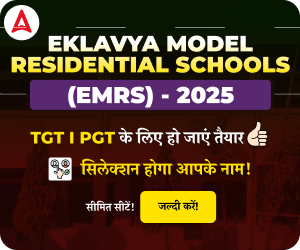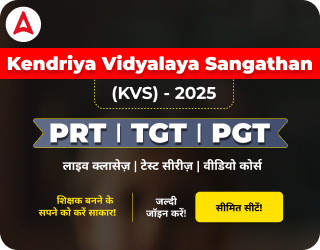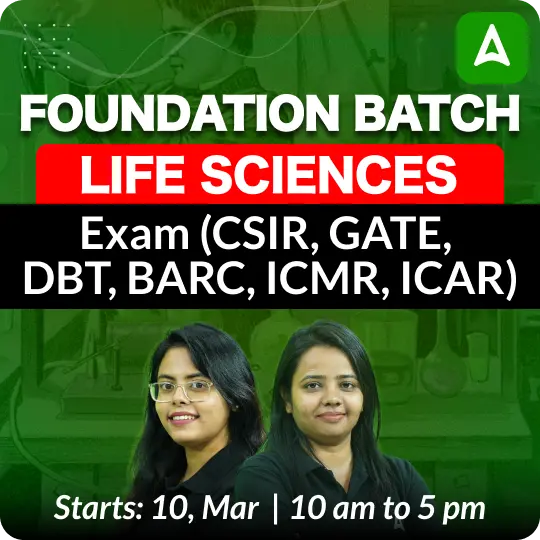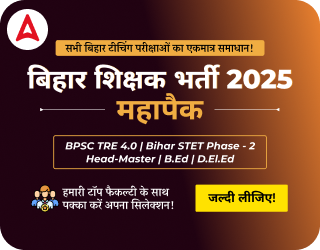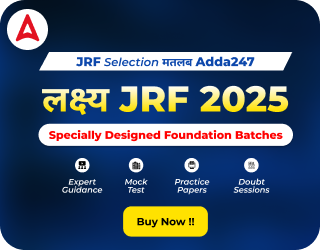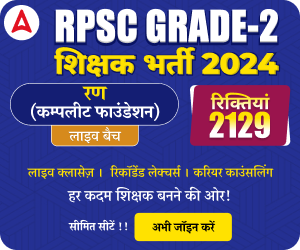Table of Contents
Aspirants aiming for a teaching career in government schools often find themselves choosing between opportunities provided by two major exam-conducting bodies—RRB and KVS. Both organizations recruit teachers for centrally managed institutions, but candidates may struggle to decide which offers a better career path. While RRB teachers are appointed in railway schools, KVS teachers work under Kendriya Vidyalaya Sangathan, each with distinct job roles, benefits, and career growth prospects. To help aspirants make an informed decision, we have outlined key differences between RRB and KVS teaching jobs, covering aspects such as salary, work environment, career stability, and promotional opportunities.
Difference Between Being an RRB and KVS Teacher
While both RRB and KVS teaching jobs are central government positions, they differ in several key aspects that serve as their unique selling points (USPs). These differences can help aspirants determine which role aligns better with their career goals. RRB teachers work in railway schools, primarily catering to the children of railway employees, whereas KVS teachers serve in Kendriya Vidyalayas, which are spread across India and cater to government employees’ children. Factors such as salary structure, job location, career growth opportunities, transfer policies, and overall work environment vary between the two organizations. Understanding these distinctions will enable candidates to make an informed choice based on their personal and professional preferences.
| Aspect | RRB Teacher | KVS Teacher |
| Posts | Primary Teacher (PRT), Trained Graduate Teacher (TGT), Post Graduate Teacher (PGT), Assistant Teacher, Librarian and Other Teaching and Non-Teaching positions. | Primary Teacher (PRT), Trained Graduate Teacher (TGT), Post Graduate Teacher (PGT), Principal, Vice-Principal |
| Age Limit | 18-48 years | 18-40 years |
| Salary | Follows the 7th pay commission and lies from Pay level 6 to 8 | Follows the 7th pay commission and lies from Pay level 6 to 12 |
| Eligibility | Requires a graduation degree along with a B.Ed qualification. Specific subject requirements and regional norms apply, with selection typically via CBT and document verification. | Requires a graduation degree along with a B.Ed qualification. Specific subject requirements and regional norms apply, with selection typically via CBT and document verification. |
| Vacancies | Recently released 1000+ vacancies | Released more that 10000+ vacancies very 2-3 years |
| Frequency of Recruitment | Releases irregularly | Released Regularly with a significant year of gap |
| Perks and Benefits | Standard railway benefits such as travel concessions and basic medical support. Allowances may be limited due to often contractual terms. | Comprehensive benefits package including HRA, TA, regular increments, and additional perks along with robust medical and retirement benefits. |
| Growth Opportunities | Career advancement can be slower with fewer structured promotion pathways due to the contractual nature of some posts. | A clearly defined career progression with periodic promotions, specialized training, and ample opportunities for professional development. |
| Number of Schools | Generally, railway schools are fewer in number and mainly located in railway colony areas, limiting geographical variety. | Over 1,200 schools spread across the country, offering a wider selection of work environments and Locations. |
| Exposure | Exposure tends to be more localized within railway communities, which may limit interaction with diverse student populations. | Offers diverse exposure to working with students from various backgrounds, fostering a dynamic and enriching teaching experience. |
Which Is A Better Job Between An RRB Teacher and A KVS Teacher?
Selecting between an RRB and a KVS teaching position depends on your career aspirations and long-term vision. If you prioritize stability, structured career progression, and a nationwide teaching experience, KVS offers a well-established system with frequent promotions and transfers across various locations. Conversely, if you prefer a niche work environment focused on railway employees’ children, with potentially fewer transfers and a close-knit community, the RRB teaching role may be a better fit. Evaluating factors like work-life balance, career growth, salary benefits, and job location will help you make an informed decision that aligns with your professional goals.

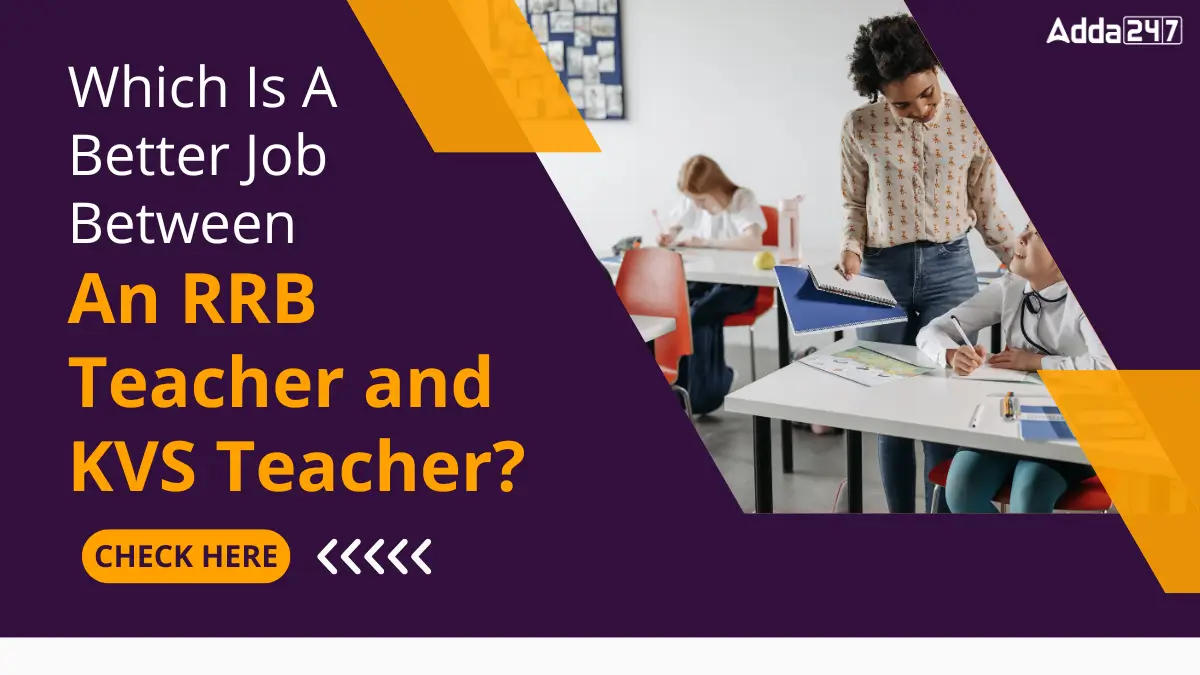


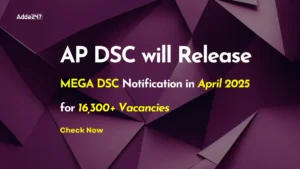 AP DSC will Release MEGA DSC Notificatio...
AP DSC will Release MEGA DSC Notificatio...
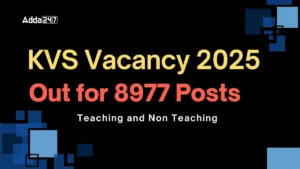 KVS Recruitment 2025: 8977 Posts, Notifi...
KVS Recruitment 2025: 8977 Posts, Notifi...
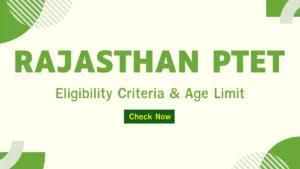 Rajasthan PTET Eligibility Criteria 2025...
Rajasthan PTET Eligibility Criteria 2025...
